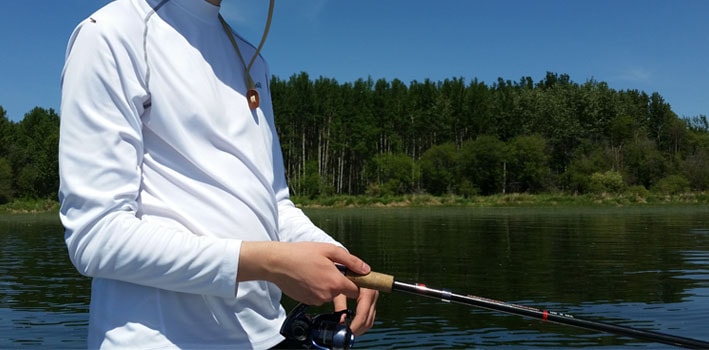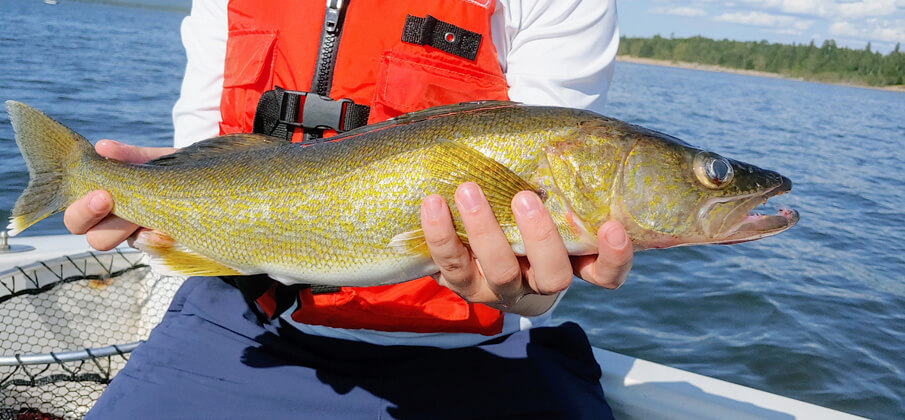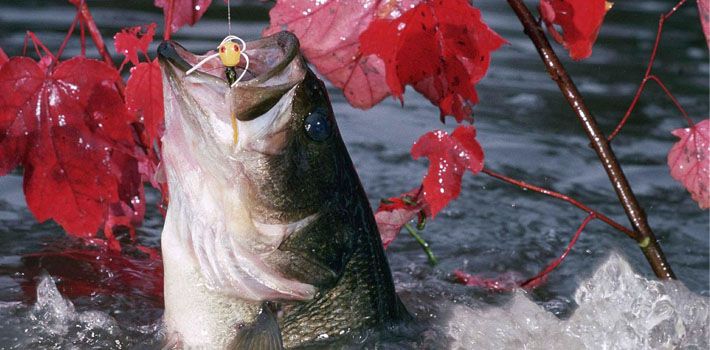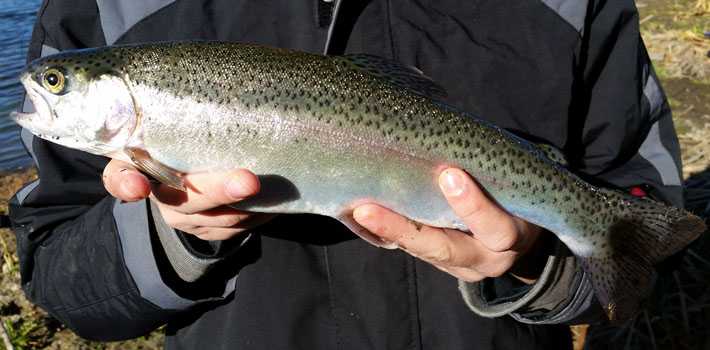The Walleye is one of the most challenging fish species to find. They have a reputation for being short strikers which means they’ll hit the bait without getting hooked.
If you are a fishing enthusiast like us, then you are well aware that catching a sought-after fish like the walleye is sort of like a trophy. But a problem most fishing fanatics face is knowing exactly how to catch walleye.
In order to catch them, you need to know where they are during the day, and when they will bite. With that being said, we have put together an effective guide with walleye fishing tips that will help you get your very first catch.
Here is our take on how to fish for walleye.
Step 1-Rod, Reel, and Line

Just like fishing for any other type of fish you need to have the best equipment possible. Doing so will make walleye fishing easier. During our research, we found that using this specific rod, reel, and line gave us the best outcome.
Rod
The type of rod you’ll use to catch a walleye will ultimately depend on the season and the lures you’re using. We’ve found that using two different kinds of 7ft spinning rods works best.
For shallow waters, use a 7ft rod with light power and for any other body of water, use a 7ft rod with medium light-medium power.
Reel
If you’re trying to catch a walleye you definitely want to use a spinning reel. They give you more control when it comes to working with such a tricky fish to catch.
Line
While fishing we found that using a braided line worked best. The sensitivity of a braided line allows you to feel every rock, stone, and strike directly on the rod tip. A 6lb mainline works best.
Step 2- Walleye Bait and Lures

Once you have the rod, reel, and line combo, it’s time to select the bait and lures. Using the correct bait and lure will make knowing how to troll for walleye and how to jig for walleye a lot easier.
Jigs
Jigs are one of the most popular walleye fishing setups. They allow you to get to the bottom of the water effectively without missing a beat.
We prefer to use Curly-tailed grubs in black and/or white that weigh 3/8 oz or 1/4oz during the summer and fall time for a more realistic appeal underwater.
Live Baits
Using live bait such as minnows, leeches, and nightcrawlers is the best way to catch the attention of the fish.
Minnows are typically a cold-water bait. So, you want to use them when the temperature is 40 to 50 degrees until the temperature reaches 60 to 64 degrees.
Leeches are best used from May-October. Nightcrawlers on the other hand, are best used in July near deeper structures, humps or deep rocks.
Crankbaits
Crankbaits are our personal favorite for walleye fishing in the AM or in shallow water. They allow you to cover more space in a shorter amount of time. Generally speaking, you want your crankbait to weigh between 3/8-oz or 1/4-oz.
If you’re fishing in shallow currents during the spring, use a lure that has shades of blue or silver and brown. These shades will attract the big females at the bottom of the waters.
For sandbars or sandy points with larger rocks, use a crankbait that has a white, yellow, or green tail.
Step 3- Finding the walleyes

Different seasons call for different methods to catch walleye. Here are our recommendations for every season.
Spring
Spring is the best time to fish for walleye, especially during spawning season. Water temperatures rise during the springtime, which means school of walleyes will gather together in sandy, shallow waters to lay their eggs.
The walleye can be found 3-10ft from the shore or along river currents. The idea is to look for rocky, sandy spaces.
During the evening walleye is easier to catch due to them being less defensive.
Summer
When spring transitions to summer the water becomes even warmer and the walleyes will head into 15-20 ft of water to hide in thick layers of weeds. This is where you’ll find the big ones.
Walleyes can also be found in 5ft-10ft of water, but these will be smaller weighing around 1lb-4lb.
During the night time, the fishes will rise from the deep waters and come closer to shore, making them easier to catch.
Fall
As the water becomes colder, the walleye are diving deeper and become less active. They can typically be found in 10ft-25ft of water. During this time, they can also be found in upstream waters or rivers.
Female walleye tend to be bigger and they will come out to feed between 10pm-3am. This is the perfect time to fish for them as they will be 2ft-3ft offshore around rocky waters.
Winter
Winter is not the best time to fish for walleye. The water is too cold, and they tend to hibernate during this time.
If you really want to fish for walleyes during this time you want to pay close attention to where you are fishing. The less cold the area and water is, the easier it will be to catch a walleye.
During this time the walleyes will be 10-25 feet deep and will come out during the daytime as the sun tends to heat up the water. 10am-1pm tend to be the best time to find walleyes in sandy, areas as the weather gets colder.
Step 4- Retrieve Techniques

Every angler has their own specific retrieving techniques when it comes to walleye fishing. However, during our research, we found that using these retrieving techniques time and time again gave us the best catch rates.
Technique 1- Horizontal Jigging
Hook your bait or jig to your line and then cast it. Once the line reaches the bottom start reeling it in. The speed used to retrieve your line will depend on the time of year.
During the cooler months such as fall or winter, you want to retrieve the line slowly. The key is to move your rod in a slower motion when bringing back up. This will entice them and make the jig appear more natural.
For warmer months such as spring and summer, walleyes tend to be aggressive, so reel faster. The bait or jig must float quickly in the water. This will cause the walleye to chase the hook.
The more natural your line appears the easier it will be to have a walleye hook right on.
Technique 2- Trolling
This technique is best done on a boat in the middle of the water. Drop your bait into the water and let out 50ft of line. Next start driving to move your line in a natural format.
Make sure your line doesn’t get into the propeller.
This technique works best in cooler months when walleyes tend to be less active.
The number one rule when it comes to catching a walleye is patience. Patience will come a long way when it comes to catching such a tricky fish.
Conclusion
After much trial and error, we have put together this guide to help you catch walleye with little to no effort needed. Using this guide on how to catch walleye will help you be more efficient and finally catch the trophy walleye you seek.
The key is taking our techniques and combining them with your very own to create a powerful
combination that works for you in every season.





